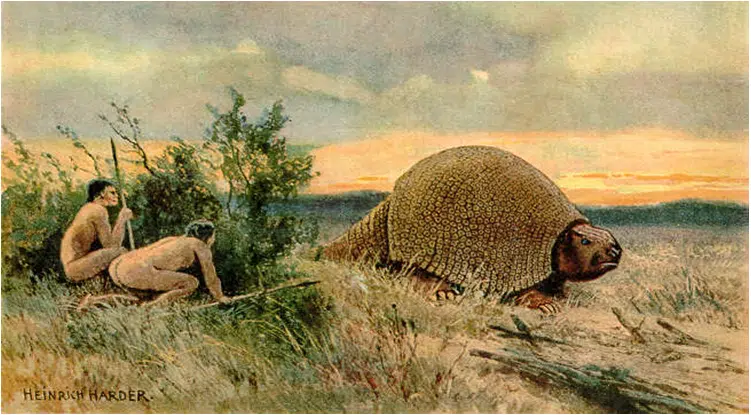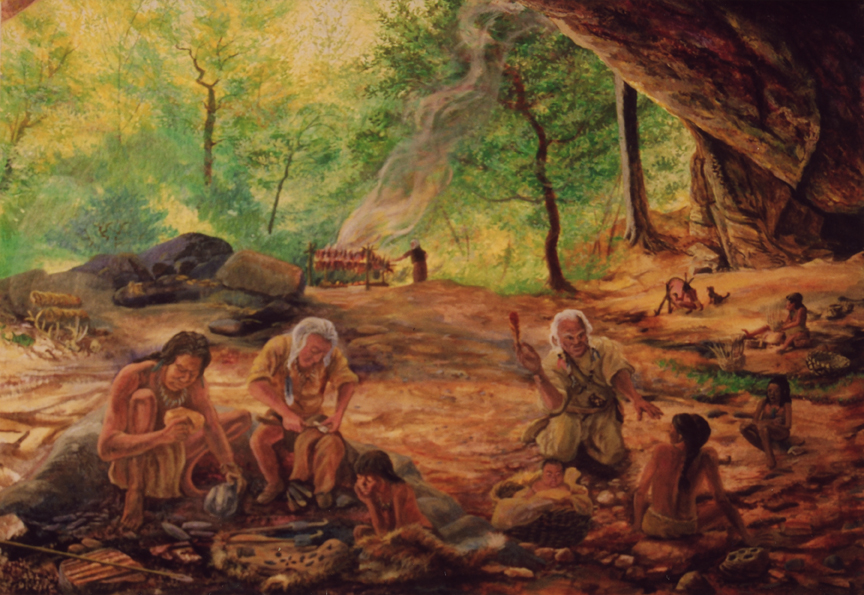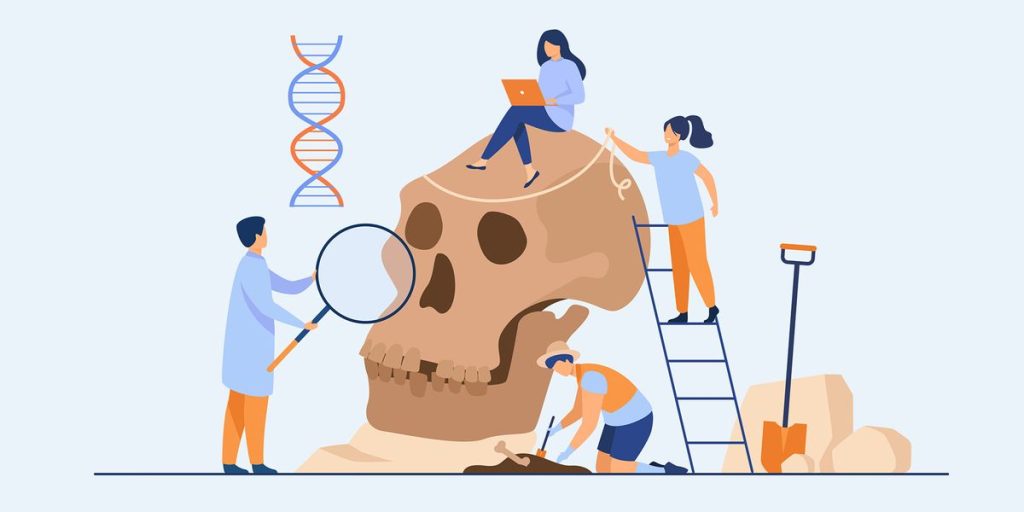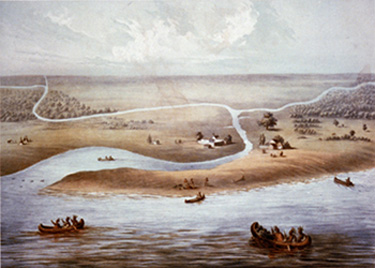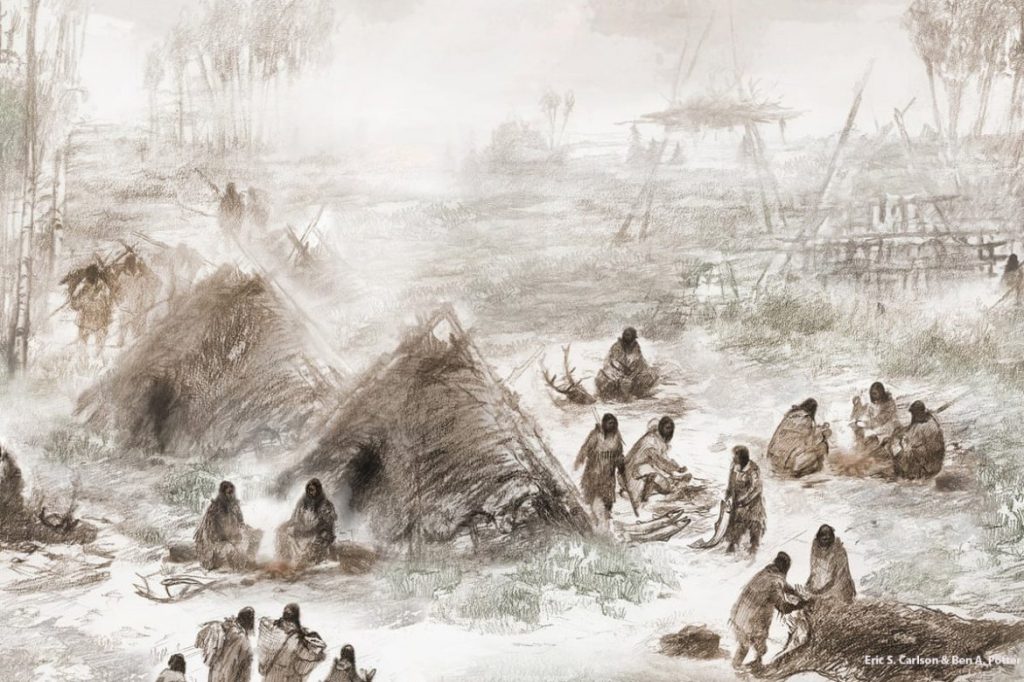Ancient DNA confirms Native Americans’ deep roots in North and South America
DNA analysis of ancient remains found in Alaska has provided evidence of a previously unknown group of Native Americans. The group, now referred to as the “Ancient Beringians,” originated from a single founding ancestral Native American group that diverged from East Asians approximately 35,000 years ago.
Around 20,000 years ago, this group further split into the Ancient Beringians and the ancestors of all other Native Americans. The discovery of this population has shed new light on the migration and settlement patterns of early Native American populations throughout North America.
An anthropology professor at the University of Alaska Fairbanks, Ben Potter, emphasized the significance of this finding, stating, “We didn’t know this population existed. This data also provides the first direct evidence of the initial founding Native American population, which sheds new light on how these early populations were migrating and settling throughout North America.”
The study focused on the analysis of the ancient remains of an infant named “Xach’itee’aanenh T’eede Gaay” (sunrise girl-child) and another female burial named “Ye?kaanenh T’eede Gaay” (dawn twilight girl-child) found at the same archaeological site. The remains, dating back approximately 11,500 years, were found to be closely related.
Potter emphasized the importance of this newly revealed population, stating, “It would be difficult to overstate the importance of this newly revealed people to our understanding of how ancient populations came to inhabit the Americas. This new information will allow us a more accurate picture of Native American prehistory. It is markedly more complex than we thought.”
The discovery also stimulates further discussion regarding the ancient migration to the New World. One scenario suggests that two distinct groups crossed the Beringian land before 15,700 years ago, while another scenario proposes that a single group crossed but later split, with the general Native Americans moving south of the ice sheets 15,700 years ago.
The study also indicates that the Ancient Beringian people remained in the Far North for thousands of years, while the ancestors of other Native American peoples migrated southward throughout the rest of North America. The Alaskan Athabaskans moved north approximately 6,000 years ago, potentially absorbing or displacing the Ancient Beringian populations.
Potter notes that these findings offer Alaska Native people the opportunity to gain new knowledge about their connections to both the northern Native American and Ancient Beringian populations.
Hits: 3
